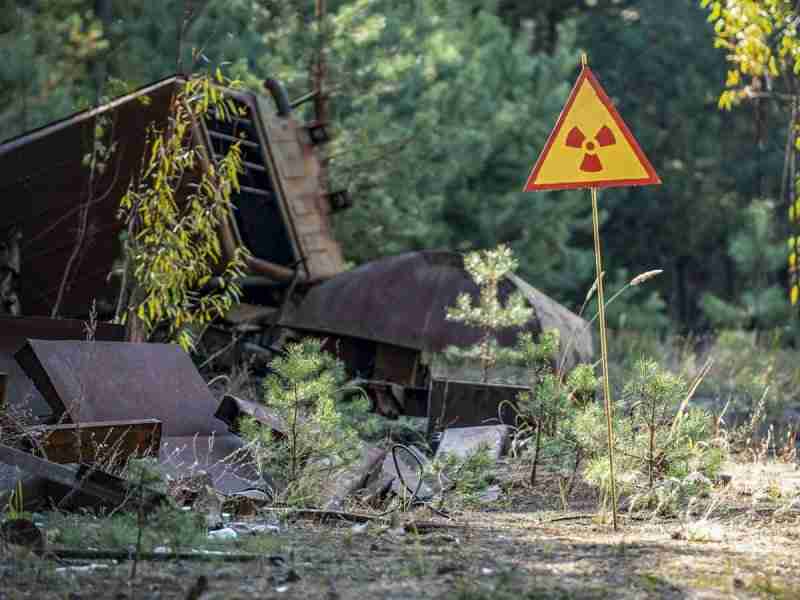Galactic cosmic radiation remains a troubling impediment to a sustained human presence in space.
This unresolved problem is starting to get a bit urgent, with NASA’s Artemis Moon landing scheduled for 2024, along with promises of crewed missions to Mars and the establishment of Martian colonies. A 360-day round trip to the Red Planet, for example, would expose unprotected astronauts to two-thirds of their allowable lifetime exposure, or 662 mSv, making them vulnerable to numerous health risks, including fatal cancers.
Scientists and engineers have proposed various solutions to address the problem, including a Star Trek-like deflector shield and a proposal to manufacture radiation-shielding bricks from the dusty Martian regolith.
But as new research uploaded to the preprint bioRxiv points out, a ready-made solution may already exist in the form of an extremophile fungus known as Cladosporium sphaerospermum.
Scientists first discovered this organism back in 1886, and it has been found growing in radioactive environments, including the cooling pools of the damaged Chernobyl nuclear plant, where radiation levels are three to five orders of magnitude higher than normal background levels.
The researchers hypothesize that a fungal lawn measuring 8.2 inches (21 centimeters) thick could “could largely negate the annual dose-equivalent of the radiation environment on the surface of Mars,” as they wrote in the study. C. sphaerospermum is thus… a promising candidate for protecting astronauts against galactic cosmic radiation, they write.



































